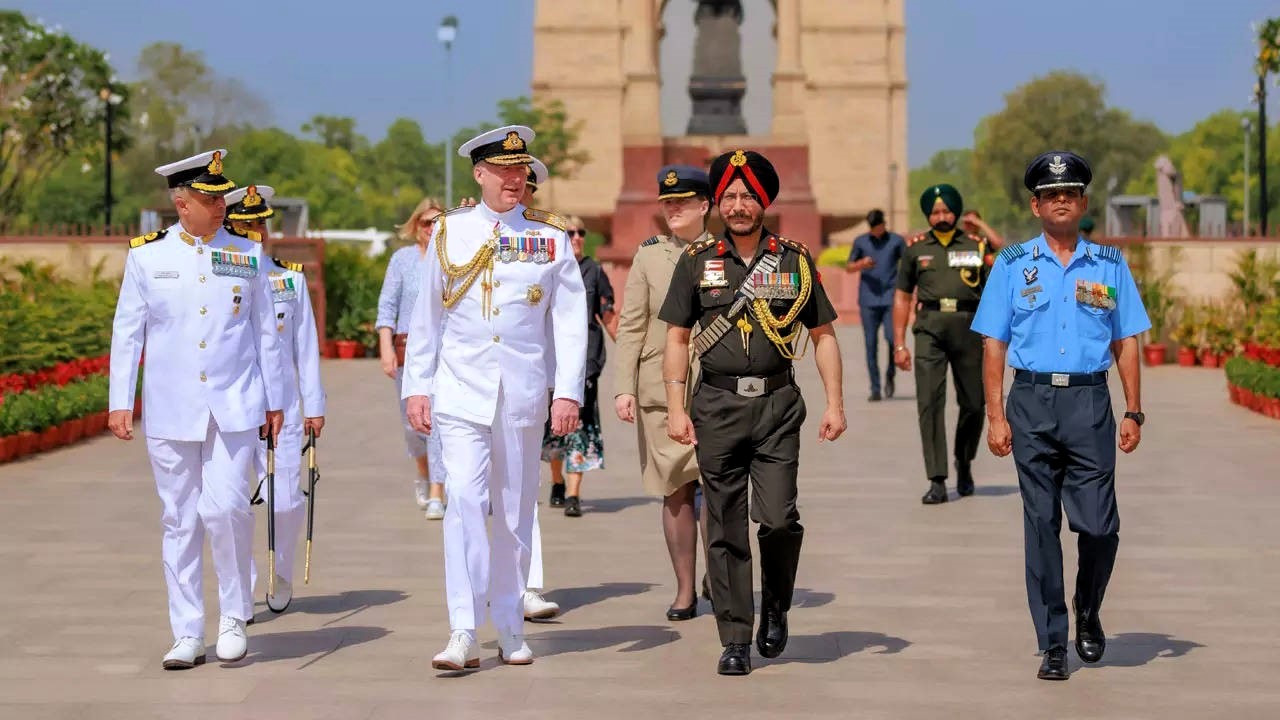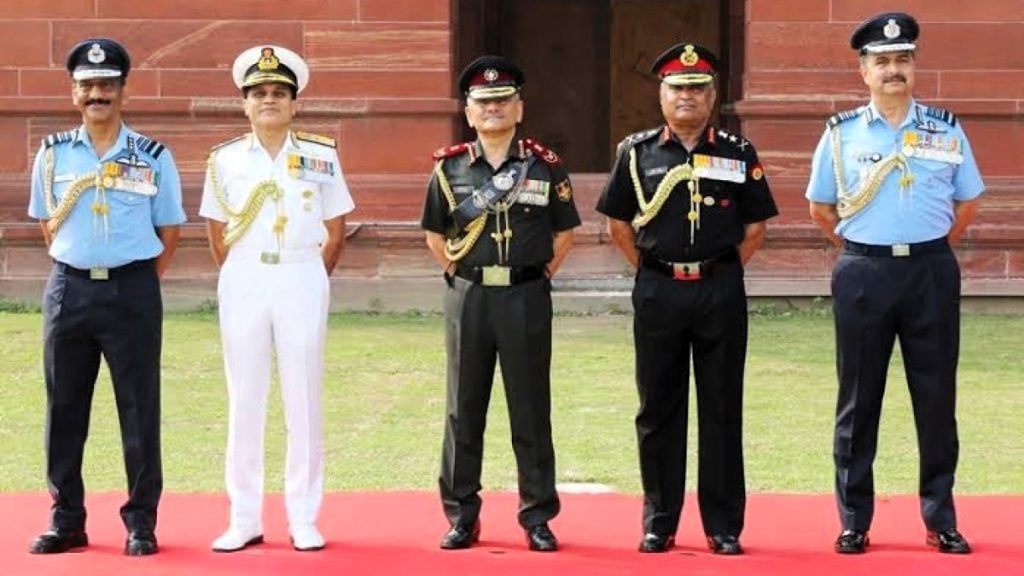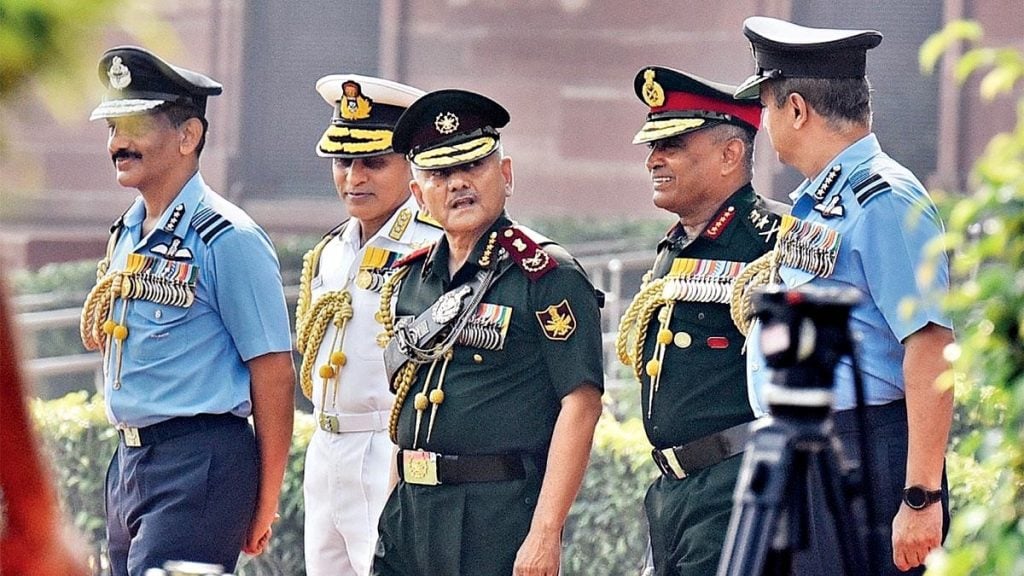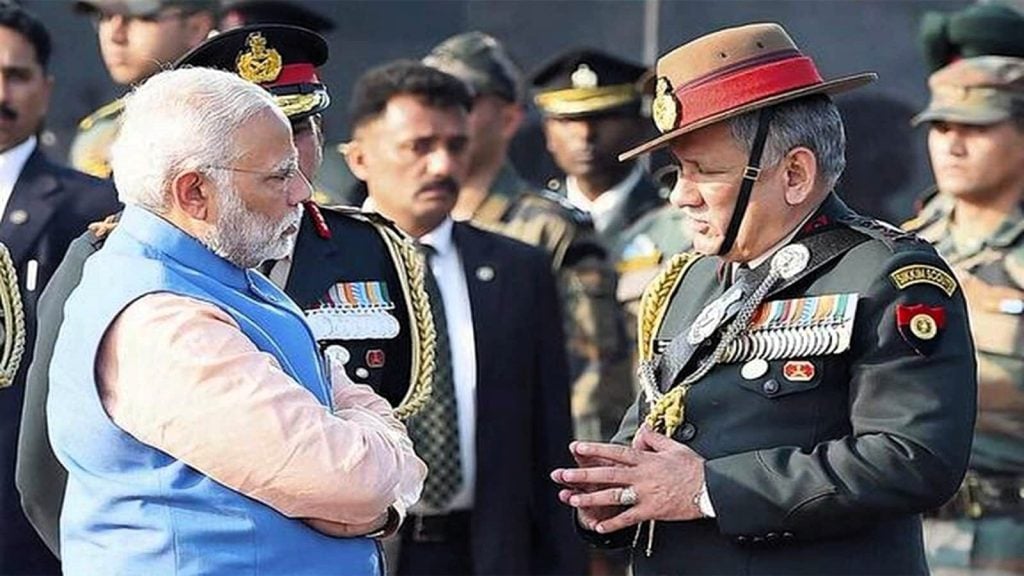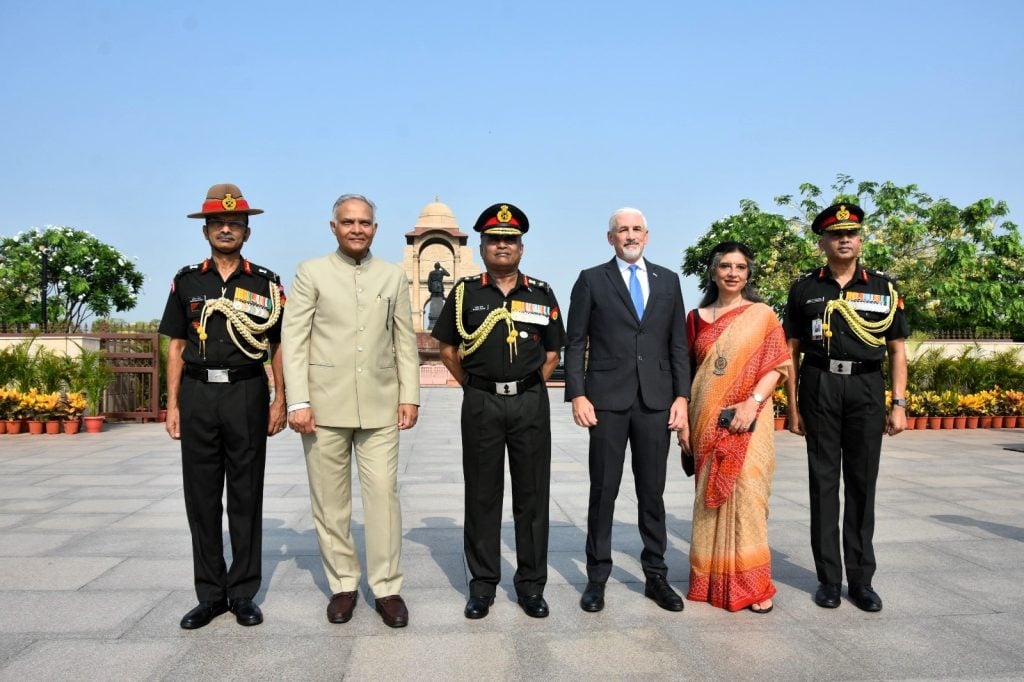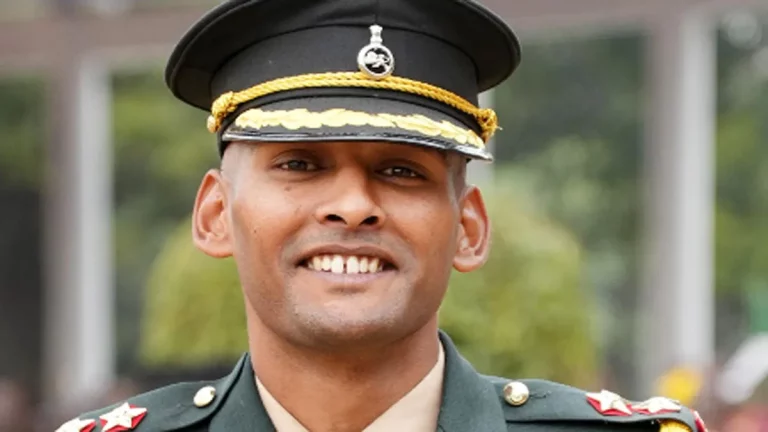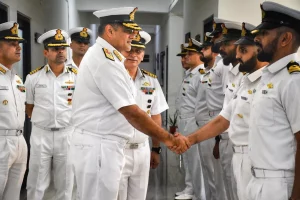The Army and Navy stand as two pillars of national defense, each with its unique culture, traditions, and missions. While both branches share the overarching goal of safeguarding the nation, their methods, environments, and roles differ significantly. This article delves into the heartfelt disparities between the Army and Navy, exploring their core missions, historical perspectives, cultural nuances, training regimes, technological frontiers, and global impacts.
Core Missions and Objectives
The Army: Guardians of the Land
The Army’s primary mission revolves around protecting and defending the territorial integrity of the nation. Soldiers in the Army are tasked with engaging directly with threats on land, ensuring the safety and security of the homeland. They bear the weight of their gear along with the immense responsibility of upholding the freedoms cherished by society.
The Navy: Masters of the Seas
In contrast, the Navy’s mission is centered on dominating the world’s oceans. Charged with maintaining control over vast maritime expanses, sailors ensure the free flow of trade critical to the economy. They operate powerful ships and submarines, navigating the complexities of the sea—a domain that covers over 70% of the Earth’s surface.
Historical Perspectives
Army Milestones: A Legacy of Valor
The annals of Army history are replete with tales of bravery, innovation, and adaptation. From revolutionary tactics in battle to the integration of cutting-edge technologies, the Army’s journey is marked by acts of personal sacrifice and collective triumph. Its legacy serves as a testament to the courage and resilience of its soldiers.
Naval Battles: Strategy and Strength on the Seas
Naval history is characterized by epic battles and strategic brilliance. The valor displayed by naval personnel in the face of formidable odds has not only shaped maritime warfare but also inspired countless individuals to pursue a life at sea. The Navy’s rich heritage embodies honor, tradition, and the spirit of exploration.
Cultural and Structural Nuances
Army Life: A Close-Knit Community
The Army’s structure fosters a profound sense of camaraderie among its soldiers. From rigorous basic training to shared experiences on the battlefield, bonds are forged through adversity and triumph. This close-knit community forms the backbone of the Army, fostering resilience and adaptability in the face of adversity.
Navy Structure: A World on Water
Life in the Navy is characterized by the unique dynamics of shipboard existence. The close quarters of naval vessels create a tight-knit community where teamwork is not just valued but essential for survival. The rhythm of life at sea, shaped by the vastness of the ocean, instills sailors with a distinct sense of identity and purpose.
Training and Life in Uniform
Army Training: Rigorous and Rewarding
Training in the Army is rigorous, designed to cultivate both physical strength and mental resilience. The transformation from civilian to soldier is profound, instilling a deep sense of duty and pride in serving a greater cause. Soldiers emerge from training equipped to face the challenges of combat with confidence and determination.
Complete List Of Submarines Operated By Indian Navy
10 Ways To Join the Indian Navy in 2024
21 Different Indian Army Corps You Can Join As An Officer
Major Battles Fought by the Indian Army
Navy Training: Technical Skills and Sea Readiness
Navy training emphasizes technical proficiency alongside physical conditioning. Sailors undergo rigorous preparation to master sophisticated equipment and navigate the complexities of maritime operations. The demanding nature of sea life molds individuals into skilled professionals ready to confront the challenges of naval service.
Technological Frontiers
Advancements in Army Capabilities
Innovation in the Army extends beyond equipment to enhance the capabilities of individual soldiers. New technologies empower troops to react swiftly, adapt to changing circumstances, and overcome adversity on the battlefield. Each advancement represents a step forward in ensuring the safety and effectiveness of Army personnel.
Naval Innovations: Leading Edge of Defense
The Navy’s commitment to technological advancement is evident in its state-of-the-art ships and submarines. These vessels serve as platforms for projecting power and maintaining maritime superiority. From advanced weapon systems to cutting-edge communication technologies, naval innovations uphold the Navy’s status as a global force to be reckoned with.
Global Presence and Impact
The Army’s Global Footprint
Army personnel are deployed worldwide, engaging in a range of missions beyond combat. Whether training with allies, providing humanitarian assistance, or supporting peacekeeping efforts, the Army’s presence reinforces global security and stability. Its contributions to international peace and security resonate across continents.
The Navy’s Strategic Reach
With a strategic presence in international waters, the Navy serves as a symbol of power and influence. Its ability to project force across the oceans acts as a deterrent to potential adversaries while reassuring allies of steadfast commitment to collective defense. The Navy’s global reach extends far beyond maritime boundaries, shaping geopolitical dynamics and promoting stability worldwide.
Here’s a tabular representation highlighting the key differences between the Army and Navy:
| Aspect | Army | Navy |
|---|---|---|
| Primary Mission | Guardians of the Land | Masters of the Seas |
| Operational Environment | Land-based | Maritime |
| Historical Focus | Land battles and warfare innovations | Naval battles and maritime strategy |
| Cultural Emphasis | Camaraderie and resilience | Teamwork and adaptability at sea |
| Training Focus | Rigorous land-based training | Technical and maritime readiness |
| Technological Focus | Individual soldier capabilities | Advanced naval equipment and vessels |
| Global Presence | Deployments worldwide for various missions | Strategic presence in international waters |
| Symbolism | Boots on the ground | Ships dominating the seas |
In conclusion, while the Army and Navy share a common purpose in defending the nation, their distinct roles, cultures, and histories set them apart. From the battlegrounds of the land to the vast expanse of the seas, soldiers and sailors alike embody the values of courage, honor, and sacrifice that define the armed forces. Together, they form an indomitable force dedicated to safeguarding freedom and preserving peace in an ever-changing world.
FAQs
1. What are the primary missions of the Army and Navy?
The Army’s primary mission is to protect and defend the nation’s territory, making them guardians of the land. In contrast, the Navy’s primary mission is to maintain control over the seas and ensure the free flow of maritime trade, making them masters of the seas.
2. How do the operational environments differ between the Army and Navy?
The Army operates primarily on land, engaging with threats and conducting operations in terrestrial environments. On the other hand, the Navy operates in maritime environments, navigating vast oceans and seas to fulfill their missions.
3. What historical events have shaped the Army and Navy differently?
The Army’s history is marked by land battles and warfare innovations, while the Navy’s history is characterized by naval battles and maritime strategy. These historical focuses have shaped the respective cultures and traditions of each branch.
4. What cultural aspects distinguish the Army from the Navy?
The Army emphasizes camaraderie and resilience, forged through shared experiences and challenges on the battlefield. In contrast, the Navy places a strong emphasis on teamwork and adaptability at sea, where sailors rely on each other for survival in the maritime environment.
5. How do training regimes differ between the Army and Navy?
The Army’s training focuses on rigorous land-based exercises designed to build physical strength and mental resilience in soldiers. Navy training, however, combines physical conditioning with technical expertise to prepare sailors for the challenges of maritime operations.
6. What technological advancements are prioritized by the Army and Navy?
The Army prioritizes advancements that enhance the capabilities of individual soldiers, such as equipment and tactics. The Navy, on the other hand, focuses on advanced naval equipment and vessels to maintain maritime superiority and projection of power.
7. Where do the Army and Navy have a global presence?
The Army has a global footprint with deployments worldwide for various missions, including training, humanitarian aid, and peacekeeping efforts. The Navy maintains a strategic presence in international waters, projecting power and influence across the seas.
8. What symbols represent the Army and Navy?
The Army is often symbolized by “boots on the ground,” representing their presence and commitment to defending the nation’s territory. The Navy, meanwhile, is symbolized by ships dominating the seas, signifying their control and mastery over maritime domains.
